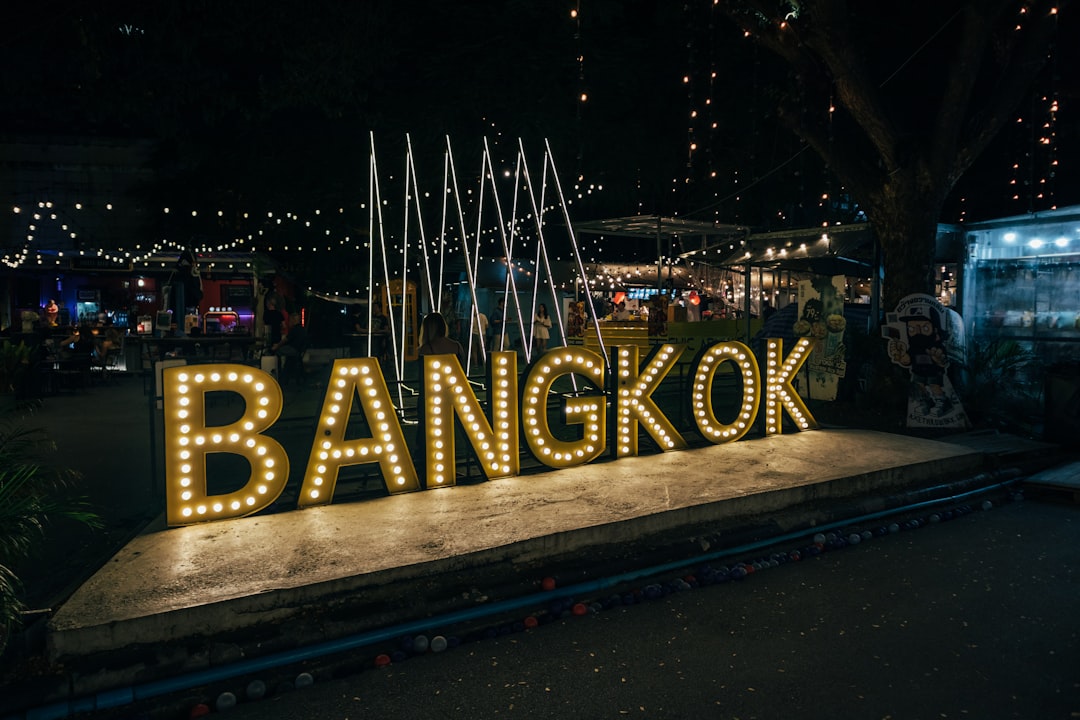Bangkok: The Vibrant Heartbeat of Thailand
Introduction
Bangkok, known locally as Krung Thep Maha Nakhon, is the dynamic and bustling capital of Thailand. Located in the Chao Phraya River Delta, the city spans 1,568.7 square kilometers and is home to more than 10 million people, making it one of Southeast Asia’s largest and most influential urban hubs. Renowned for its ornate temples, lively street markets, shimmering skyscrapers, and throbbing nightlife, Bangkok encapsulates the energetic spirit of modern Thailand while still honoring its traditional roots.
History and Development
Bangkok’s roots trace back to a small 15th-century trading post during the Ayutthaya Kingdom. It became the Siamese capital in 1782 under King Rama I and has since evolved into a global metropolis. The city’s growth accelerated in the 20th century, leading it to become a center for finance, arts, culture, and politics.
Geography and Climate
Bangkok sits only two meters above sea level, contributing to its frequent flooding challenges. The city is crisscrossed by canals (khlongs), which have partially been filled but still define many neighborhoods.
| Attribute | Detail |
|---|---|
| Location | Chao Phraya Delta, Central Thailand |
| Area | 1,568.7 sq. km (605.7 sq. mi) |
| Altitude | 2 meters above sea level |
| Climate | Tropical savanna (BSh) |
| Average Temperature | 29°C (84°F) |
| Rainy Season | May to October |
Bangkok experiences a humid tropical climate with three main seasons: hot, rainy, and cool. The monsoon season brings heavy downpours, especially between May and October.
Demographics
| Demographic Aspect | Data (2024 est.) |
|---|---|
| Population | ~10.7 million (city proper) |
| Metro Area | ~15 million |
| Ethnic Groups | Thai, Chinese, Indian, others |
| Main Religions | Buddhism, Christianity, Islam |
Bangkok is a diverse metropolis with a rich blend of cultures and communities, reinforced by waves of migration throughout its history.
Economy and Infrastructure
Bangkok is the economic engine of Thailand, contributing about 29% to the country’s GDP. Its industries range from finance and manufacturing to tourism and retail. Proximity to Suvarnabhumi (BKK) and Don Mueang (DMK) airports make it a major Southeast Asian travel hub.
Key Economic Sectors:
| Sector | Contribution (%) |
|---|---|
| Services | 60 |
| Manufacturing | 25 |
| Trade & Retail | 10 |
| Tourism | 5 |
The city faces urban challenges such as congestion, air pollution, and frequent flooding, but ongoing infrastructure projects like new MRT and BTS routes continue to improve urban mobility.
Culture and Attractions
Bangkok offers an incredible array of cultural experiences, from glittering Buddhist temples to luxurious shopping malls and frenetic night markets.
Famous Landmarks
| Attraction | Description |
|---|---|
| Grand Palace | Former royal residence, architectural marvel |
| Wat Arun (Temple of Dawn) | Iconic riverside temple |
| Wat Pho | Temple of the Reclining Buddha, massage school |
| Chatuchak Market | One of the world’s largest weekend markets |
| Khao San Road | Backpacker hub, nightlife & street food |
Festivals
Bangkok is host to many colorful festivals. Songkran (Thai New Year, April) is celebrated with citywide water fights, while Loy Krathong (November) sees residents float flower-filled baskets on waterways.
Cuisine
Bangkok is a street food paradise. Classic dishes such as pad thai, tom yum goong (spicy shrimp soup), and som tum (papaya salad) are found at street stalls and fine restaurants alike. The city boasts several Michelin-starred establishments, reflecting its growing gastronomic reputation.
Transport and Getting Around
Bangkok’s growth has led to infamous traffic jams, but public transportation is steadily improving.
| Transport Type | Description |
|---|---|
| BTS Skytrain | Elevated rapid transit across major neighborhoods |
| MRT Subway | Underground lines supplementing the BTS |
| Chao Phraya Express Boat | Boats provide crucial river transport |
| Taxis, Tuk-Tuks, Motorbikes | Ubiquitous, flexible, but subject to traffic |
| Buses | Extensive but can be slow |
Suvarnabhumi Airport connects Bangkok internationally, while Don Mueang serves low-cost carriers.
Modern Bangkok: Urban Landscape and Challenges
Today, Bangkok is characterized by gleaming skyscrapers, luxury hotels, and bustling shopping malls like ICONSIAM and Siam Paragon. The city’s rapid modernization brings challenges—income inequality, pollution, and vulnerability to climate change, especially flooding. Sustainable urban planning is high on the municipal agenda, attempting to balance development with environmental needs.
Tourism in Numbers (Pre-pandemic 2019)
| Statistic | Number |
|---|---|
| International Visitors | 22.8 million |
| Revenue from Tourism | $19 billion |
| Top Source Markets | China, Malaysia, India |
| Hotel Occupancy Rate | ~80% |
While the COVID-19 pandemic impacted arrivals, Bangkok remains one of the world's most visited cities, drawing travelers for business, leisure, culture, and cuisine.
Conclusion
Bangkok is a city of contrasts: timeless temples neighbor soaring skyscrapers, traditional floating markets stand beside luxury malls, and the serenity of the Chao Phraya River contrasts with the city’s pulsating nightlife. For visitors and residents alike, Bangkok offers an ever-changing, exhilarating urban experience—a vibrant, multifaceted metropolis that embodies the very soul of Thailand.
References
- Tourism Authority of Thailand
- Bangkok Metropolitan Administration (BMA)
- World Bank Data
- United Nations World Tourism Organization (UNWTO)
Explore More:
Discover the charm and chaos of Bangkok—whether for its ancient culture, its sensational food, its shopping, or simply the energy that never fails to amaze!
